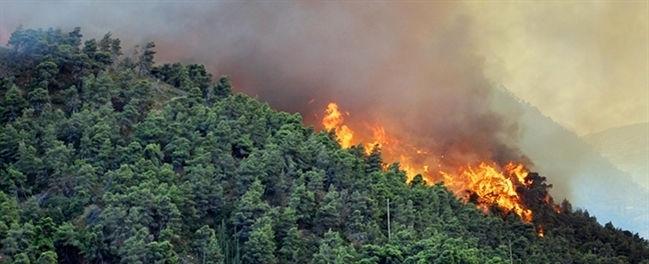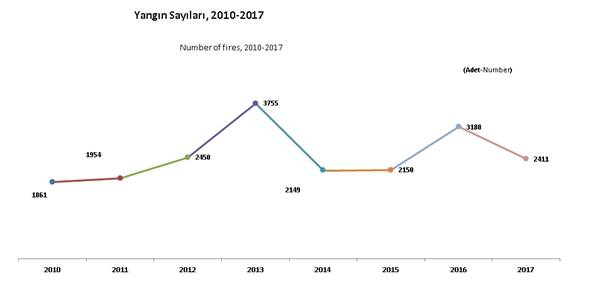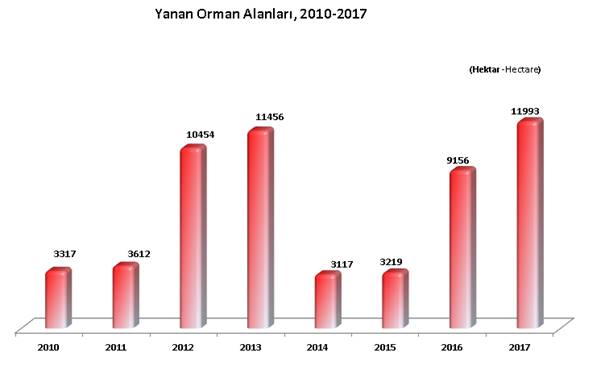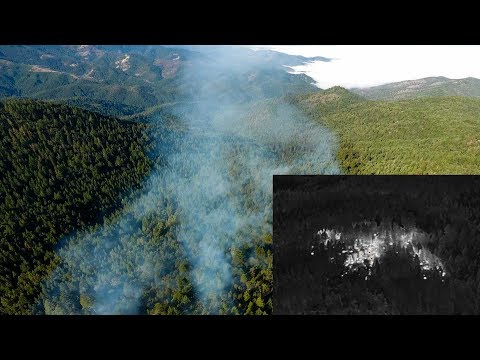
In addition to natural causes such as lightning strikes and extremely hot seasons, our forests are burning hot due to human errors such as cigarettes, picnics, sabotage, agricultural products, etc.
There are fire watch-towers and altruistic forest guards in our forests. From time to time, fires are tried to be detected with visual and electronic systems. If the fire is not immediately seen and intervened, it can reach uncontrollable sizes in seconds. Being able to respond to forest fires early makes it easy to extinguish.

Over 2000 large-scale forest fires occur every year.

In 2017, 11.993 hectares (120 km²) of our forests were burned.

When we examine the above statistics, it is observed that we need to take really effective strategies and measures to counter such a difficult threat. Cameras can play an important role in this regard. Solutions can be produced with Thermal Sensor and Optical Sensor cameras for Forest Fires. With camera systems, an idea can be had about how the events started and the scene can be zoomed in. Today, there are optical cameras that illuminate distances of more than 5 km and can take proper images under night conditions.
The greatest variable in a fire is temperature. When the temperature rises above the specified values, the cameras may generate an alarm. Today, fire fighting is mainly carried out with optical cameras and video analysis software. While cameras with optical sensors are more affected by atmospheric conditions such as shadow, low light, fog, etc., thermal cameras are more successful against these conditions. Especially thermal cameras can detect heat exchange even in 1 pixel. Therefore, thermal cameras are more sensitive than optical cameras. Thermal cameras continuously measure the temperature ranges in the entire image and can send an alarm immediately when the temperature reaches a limit determined by the user. The disadvantage of thermal cameras is that they have low resolution and cannot make a centrally adjustable optical zoom. For these reasons, with integrated solutions, forest fires can be detected quickly and a fast and stable solution can be produced in the alarm verification.
